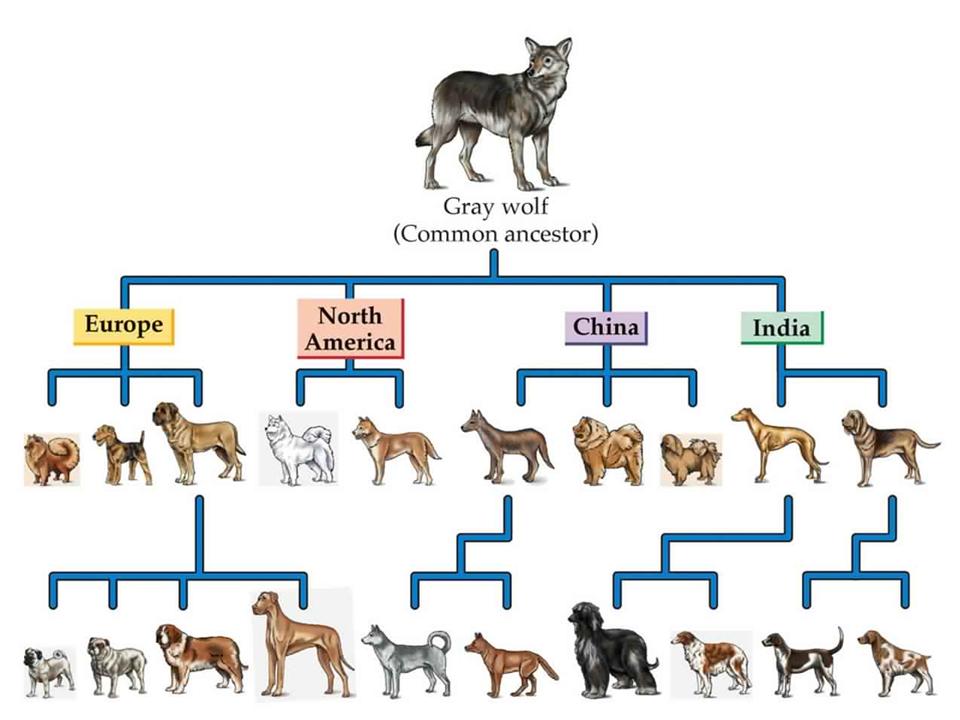Do You Know the Origin of Dogs?
Dogs are often celebrated as humanity’s best friend, but their journey from wild predators to loyal companions is a captivating tale of evolution, adaptation, and mutual benefit. Let’s delve into the origins of dogs and uncover how they became an integral part of human society.
🐺 From Wolves to Dogs: A Shared History
All modern dogs (Canis lupus familiaris) are descendants of ancient wolves. Genetic studies suggest that dogs diverged from a now-extinct population of wolves between 27,000 and 40,000 years ago, during or before the Last Glacial Maximum Wikipedia. This divergence marked the beginning of a unique relationship between humans and canines.
The domestication process likely began when certain wolves started scavenging near human settlements. Over time, wolves that were less aggressive and more tolerant of humans had better survival prospects, leading to a gradual process of self-domestication. Humans, in turn, found these animals useful for hunting assistance, protection, and companionship Wolf Center.
🌍 Multiple Origins: A Global Phenomenon
The exact location of dog domestication remains a topic of debate among scientists. Recent genetic studies have proposed various regions, including Europe, Central Asia, the Middle East, South Asia, and Southeast Asia, as potential origins. These studies also suggest that dog domestication occurred between 10,000 and 38,000 years ago Discover Magazine.
Some researchers even propose that dogs were domesticated independently in different parts of the world. For instance, a study from the University of Oxford suggests that dogs were domesticated not once, but twice, in both Asia and Europe University of Oxford.
🧬 Evolution and Adaptation: The Role of Genetics
The transition from wolf to dog involved significant genetic changes. One notable adaptation is the development of genes that allow dogs to digest starch-rich diets, a trait not present in wolves. This adaptation likely coincided with the advent of agriculture, as dogs began to consume human food waste History Cooperative.
Additionally, selective breeding by humans over thousands of years has led to the vast diversity of dog breeds we see today, each with unique physical and behavioral traits suited to various human needs.
🐶 The Human-Canine Bond: A Timeless Connection
The relationship between humans and dogs is one of the oldest and most enduring partnerships in history. Dogs have served as hunters, herders, guards, and companions, adapting to various roles in human societies. This bond is not only practical but also emotional, as dogs have been shown to understand human gestures and emotions, further strengthening their role as beloved companions Exploring Animals.
📸 Visualizing the Journey
To better understand the evolution and domestication of dogs, here are some illustrative images:
- Evolutionary Tree of Dogs:
- Ancient Dog Breeds Timeline:
- Wolf to Dog Evolution:
- Dog Breed Diversification:
📝 Conclusion
The origin of dogs is a complex tapestry woven from threads of genetics, environment, and human interaction. From their beginnings as wild wolves to their current status as cherished family members, dogs have undergone an extraordinary transformation. This journey reflects not only the adaptability of dogs but also the profound impact of the human-animal bond.
As we continue to study and understand this relationship, we gain insights into our own history and the shared path that has led to the diverse and loyal companions we know today.




Do